Replacement window options appear to be the same regardless of location, yet certain differences that let custom window replacement companies like us to tailor them to the local climate. Renewal by Andersen® of Montana takes a look at the essential features of climate-appropriate windows.

NFRC Energy Performance Label
Let us first take a look at the Energy Performance Labels found on new replacement windows. The National Fenestration Rating Council (NFRC) affixes these labels after testing the windows for energy performance, specifically in the following areas:
-
U-Factor — U-Factor measures window insulation, specifically in how well it prevents heat from escaping. For better window insulation, look for windows with a lower value. Note that some labels indicate R-Value instead of U-Factor. Both measure insulation, but R-Value measures heat resistance. Therefore, a window with a low U-Factor will have a correspondingly high R-Value.
-
Solar Heat Gain Coefficient (SHGC) — SHGC measures resistance against heat gain from sunlight. Choose windows with low SHGC for maximum natural lighting without increasing the room’s cooling requirements.
-
Visible Transmittance (VT) — VT measures how much visible light passes through the windows. Clear glass has high VT, while tinted glass tends to have low VT.
-
Air Leakage — Air leakage measures air that passes through the windows. Fixed window styles such as picture windows tend to have low air leakage becasue of their lack of sashes.
Climate-Appropriate Windows
Thanks to modern manufacturing technologies, it is possible to tailor replacement windows to the local climatic requirements. For example, you can choose windows with high VT and low SHGC: that is, lots of natural light with minimal solar heat. The following are essential features of climate-appropriate windows:
-
Cold Climates — In northern states where it is cold for most of the year, windows with low U-Factor are a must. Double-pane glass and insulated frame material are essential. High SHGC can also help improve daytime heating.
-
Warm Climates — Homes in warm climates require windows that block both heat from the sun and ambient heat from the outdoors. Windows with low U-Factor works both ways, as it prevents heat conduction from the outdoors. Low SHGC helps reduce solar heat in rooms facing a westerly direction.
-
Coastal Climates — Homes located along the coast experience storms and weather extremes. Durable frames and laminated glass, as well as low U-Factor, can help protect against extreme weather.
-
Humid Climates — Homes in high-humidity areas need moisture-resistant frames, which makes wood frames less ideal, unless you’re willing to put up with frequent maintenance. Low-maintenance material like our own Fibrex® material are perfect for such applications.
Wherever you may be located, it is important to work with a window company that takes local climate into account, as well as offers popular styles like sliding windows. Call Renewal by Andersen of Montana at (406) 206-2377 or fill out our contact form to schedule an appointment.



